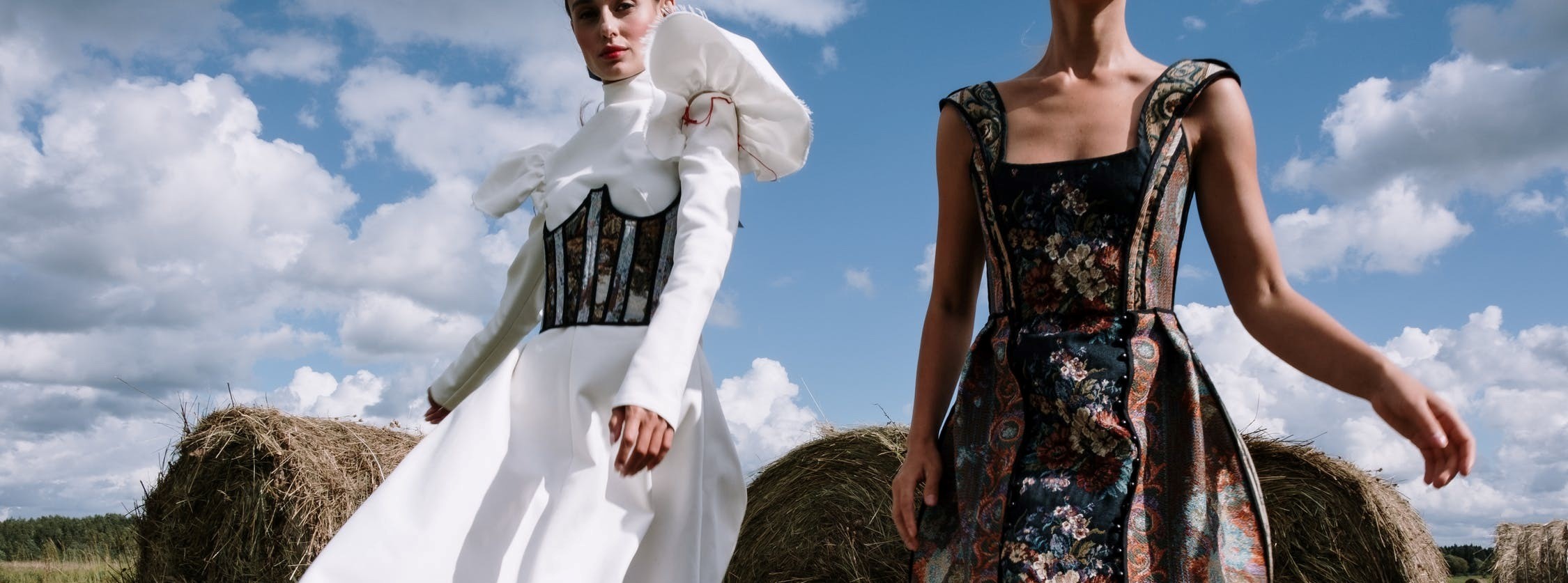There’s no showbusiness without the show or the business. Likewise, when it comes to fashion-tech there is no tech without the fashion.
Tech expertise benefits from fashion domain expertise and vice versa. Fashion technology and all the wonders of dazzling customer experiences, storytelling, inspiration and discovery that it affords us may well be the new showbusiness of our time. But fashion is different to movies and other verticals such as music and books. Why we wear what we wear changes. Fashion is emotional and we can switch our tastes as quickly as we blink. In order to cater to these nuances and shifts in emotions and trends you need the synergistic double act of both fashion and tech to get Oscar winning AI. That’s what makes our fashion-specific AI at Dressipi world-class.
Personal Style is not Static
How we shop our wardrobes is not as straightforward as only watching romcom movies. And our predictive recommendations reflect this. When it comes to movies a Romcom is a Romcom and Sci-Fi is Sci-Fi. It’s as simple as that. When it comes to fashion one customer’s ‘casual’ is another person’s ‘way-out-there trendy’. I might decide to try out a new trend – case in hand florals even after I’ve stressed ‘never show me florals’ - but I’m never going to go out of my way to watch a Thriller (I’m happy with a Romcom!). Fashion sets the style standards and having the human touch at Dressipi gives meaning to the emotional element of shopping, but technology scales our output and data makes it relevant to each customer.
The Synergy between Fashion and Tech
In the realm of AI and personalization we often reference Spotify and Netflix. Netflix’s Marc Randolph described recently in Clubhouse, his relationship with co-founder Reed Hastings as ying-yang: Marc the dreamer, the marketing guy and Reed the realist, the logically driven computer scientist. It resonated with me, highlighting the value of the synergistic relationship between our fashion and tech teams at Dressipi, which in turn is reflected in the technology we build and the data we harness.
Fashion informs tech - from creating and updating our garment attributions, to understanding the concept of what makes one style different to another and how to put great outfits together. Tech on the other hand enables fashion. When the data output for a trend-driven retailer looked like it might have been slightly off target because it flagged up that sales of plain t-shirts and jeans were disproportionately higher to the trend-led pieces, the fashion team explained that that is how most customer’s shop. They were shopping the basics (jeans and tees) and blending in the trend led pieces. For customers who are all about trends, obviously this pattern will differ. And if a customer suddenly buys an evening dress, chances are she is shopping for a specific occasion. Once she’s purchased that occasion-specific dress, she’s not going to want to be shown more evening dress recommendations. The key here is to find a happy balance between all these garment variables. Our fashion input prevents data from anaesthetising the concept of style and ensures our recommendations have both the discoverability and inspiration factor.
Technology allows us in the fashion industry to scale our creativity and output. Having the constant human touch ensures that output is always on brand and true to a design team’s creative DNA. Technology is also a way to put the right garment in front of the right customer at the right time. Even if it’s a garment that a customer never thought to look at. There are only so many hours in a day for a brand’s creative teams to photograph various ways in which an item can be styled in an outfit. However, using that as a starting point and source of a brand’s creative expertise, our technology enables a retailer to scale that creativity. For John Lewis we build over 100 million personalized outfits each night. Each garment is accounted for and each outfit is tailored to suit a customer’s preferences. Showing the versatility of a garment, puts it into context and inspires. It’s simply not possible to do that in real time in a studio, or to keep track of new in and sold-out inventory – items that are no longer in stock won’t appear in our outfits.
Conclusion
Technology when used well is there to enhance the creativity of the retail industry. It’s not about replacing it or simply reproducing it. It acts like a wonderful springboard. In building our fashion-specific AI our fashion domain expertise serves as a springboard. Fashion and technology teams are solving the same problems; working towards providing the same solutions so that retailers can better serve their customers. Although we’re coming at it from different angles, for both it’s about patterns, pattern building, pattern recognition, and staying curious. I was happy to be curious about florals, but you still won’t convince me to watch a thriller.
You might also be interested in this article…
Best examples of AI in fashion retail
Check out the best examples and applications of AI in fashion. Get inspired by how AI is transforming retail shopping experiences.

